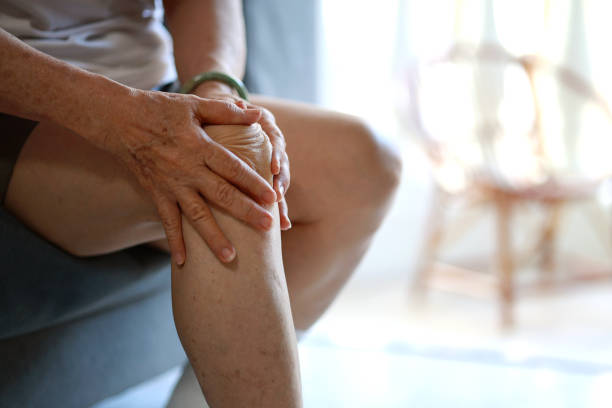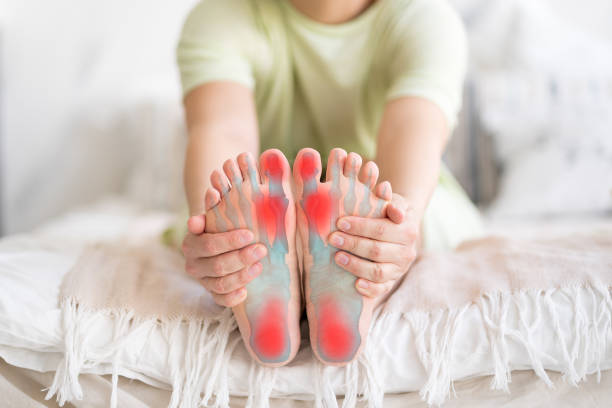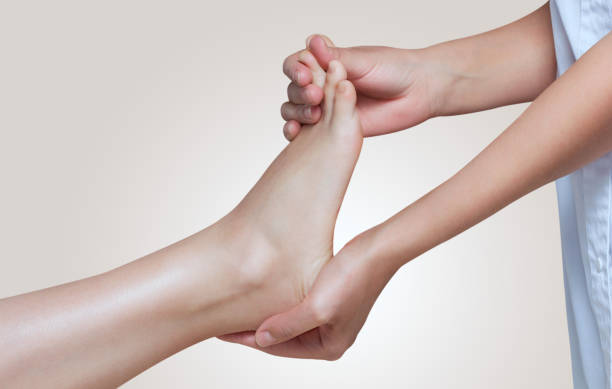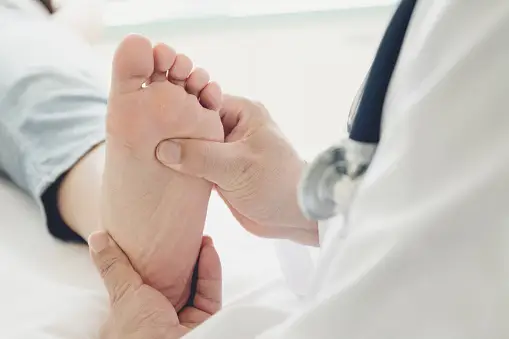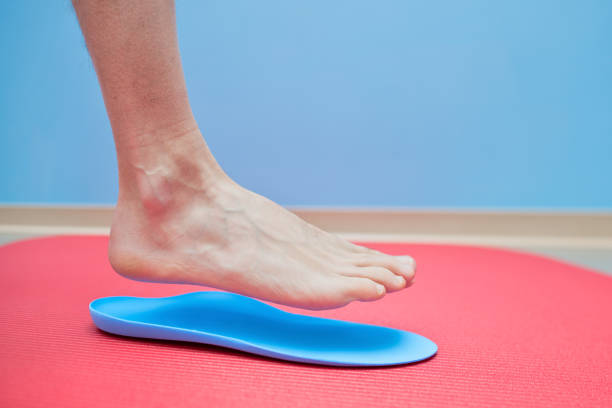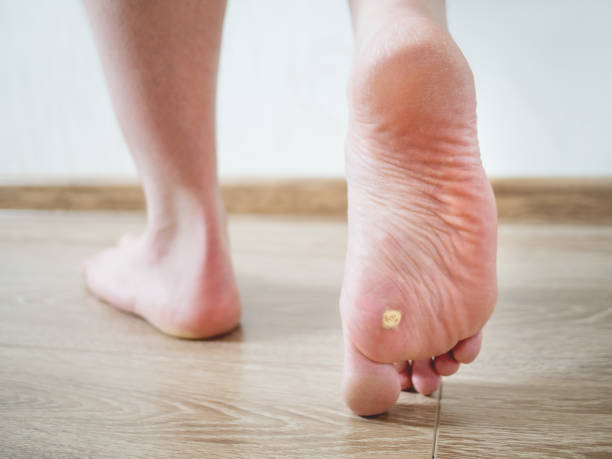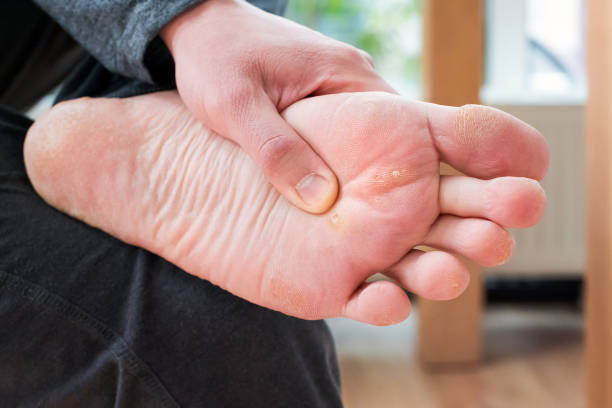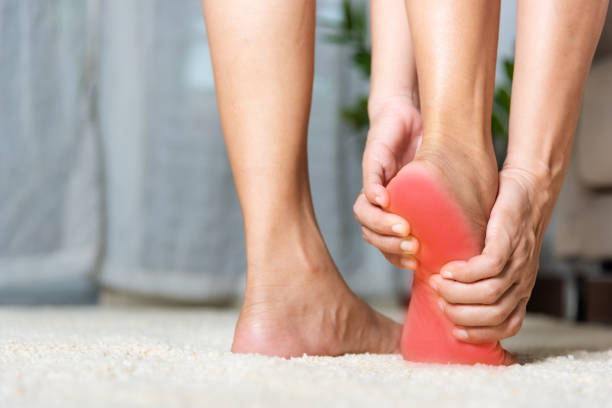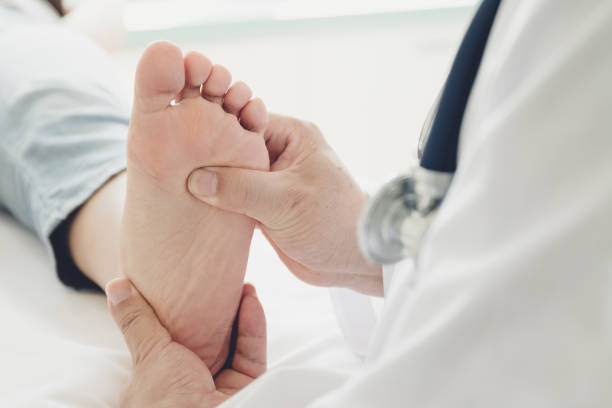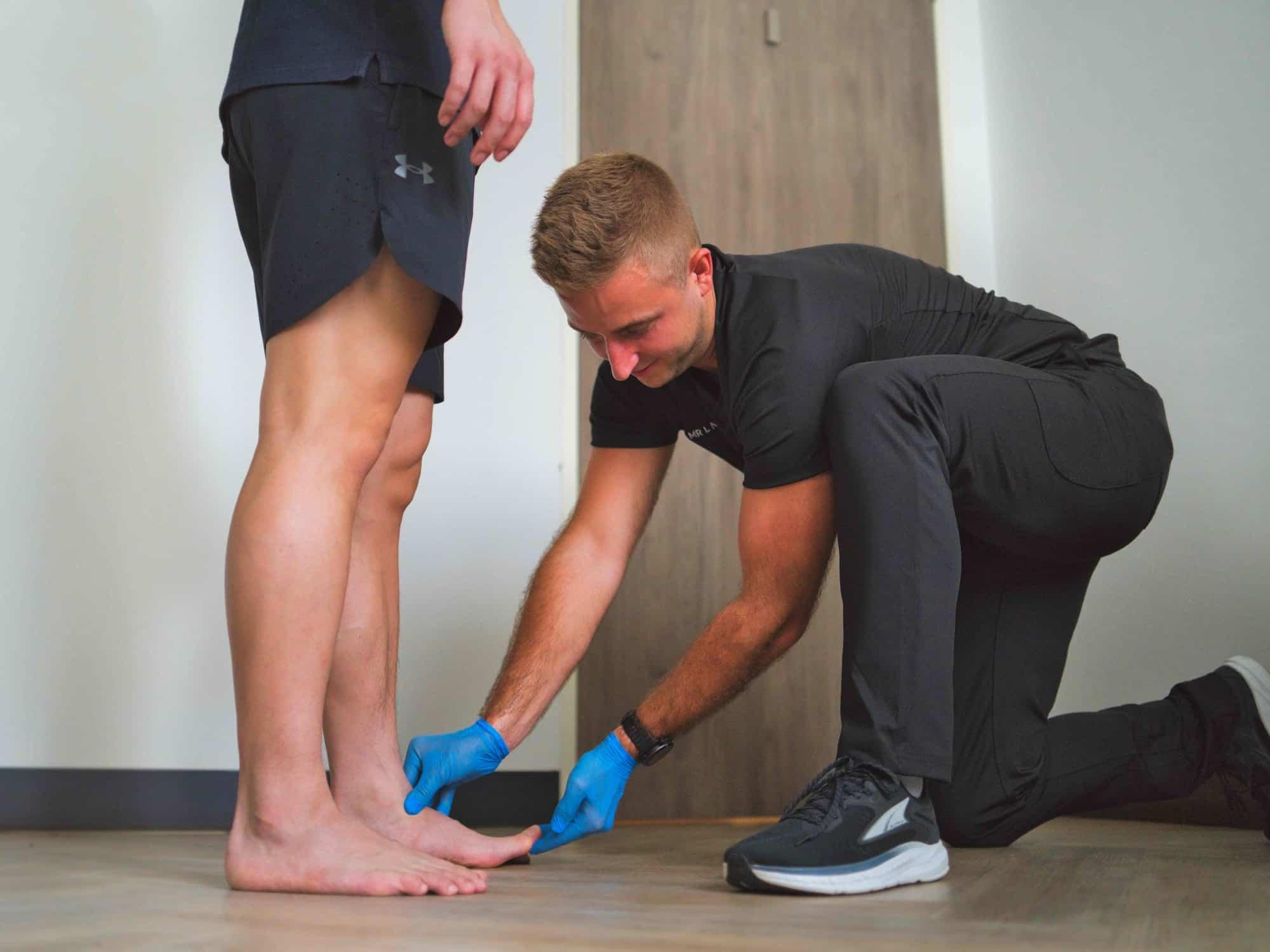
Podiatric care is a cornerstone of overall health that tends to be underestimated or overlooked. However, its significance cannot be overstated, particularly in a city like Perth, where outdoor activities and lifestyle choices often place significant demands on our feet. Podiatrists are specialists trained to diagnose, treat, and prevent a wide range of conditions that affect the feet, ankles, and lower extremities.
A Scarborough podiatrist is indispensable in addressing a range of foot and lower limb conditions, ensuring residents maintain mobility and quality of life. From plantar fasciitis to ingrown toenails and diabetic foot complications, podiatric care offers tailored solutions like stretches, orthotic devices, and lifestyle adjustments. Moreover, podiatrists assist sports enthusiasts in managing foot and ankle injuries, enabling a safe return to activities like running and tennis. By focusing on biomechanical assessments and personalized interventions, they alleviate discomfort and enhance overall function and mobility.
Let’s delve into the multifaceted world of podiatric care and the conditions it encompasses, illustrating how it empowers individuals to lead active, pain-free lives and contributes to the community’s well-being.
1. Ingrown Toenails One of the most prevalent foot problems, ingrown toenails occur when the edge of a toenail grows into the surrounding skin, causing pain, swelling, and sometimes infection. Podiatrist Woodlands can provide relief by trimming the nail properly and offering advice on prevention.
2. Plantar Fasciitis Plantar fasciitis, characterized by inflammation of the plantar fascia ligament, results in heel pain, especially during the first steps in the morning. Podiatrists employ various treatments, including stretching exercises, orthotic devices, and physical therapy, to alleviate discomfort and promote healing.
3. Bunions Bunions are bony protrusions that form at the base of the big toe, leading to pain, swelling, and difficulty wearing shoes. Podiatrists may recommend conservative measures like footwear modifications, padding, or custom orthotics. In severe cases, surgical intervention may be necessary to realign the affected joint.
4. Diabetic Foot Complications Individuals with diabetes are prone to foot problems due to poor circulation and nerve damage. Podiatrists play a critical role in preventing and managing diabetic foot complications, such as ulcers, infections, and Charcot foot deformity. Regular foot screenings, education on proper foot care, and prompt treatment of any issues are essential for preserving foot health in diabetic patients.
5. Sports Injuries Athletes often encounter foot and ankle injuries, ranging from sprains and strains to stress fractures and Achilles tendonitis. Local podiatrists assess the injury’s severity, provide appropriate treatment modalities like bracing, taping, or physical therapy, and guide athletes through rehabilitation to ensure a safe return to sport.
6. Flat Feet (Pes Planus) and High Arches (Pes Cavus) Flat feet and high arches can predispose individuals to various foot problems, including pain, instability, and biomechanical issues. Podiatrists assess foot structure and function, prescribe orthotic devices to provide support and alignment, and recommend exercises to strengthen the foot muscles and improve gait mechanics.
7. Nail Fungus (Onychomycosis) Nail fungus is a common fungal infection that causes thickened, discolored, and brittle nails. Podiatrists offer treatments such as topical antifungal medications, oral antifungal drugs, laser therapy, or nail removal for severe cases, aiming to eradicate the infection and restore nail health.
In essence, the realm of podiatric care emerges as a vital conduit between individuals and their pursuit of an active, pain-free life. Its importance reverberates through the bustling streets of Perth, where each step taken under the sun’s glare underscores the need for healthy, resilient feet. Podiatrists stand as guardians of mobility, offering tailored solutions that transcend the mere alleviation of symptoms, reaching toward the enhancement of overall function and well-being. Whether addressing common afflictions like ingrown toenails or navigating the complexities of diabetic foot care, their expertise serves as a beacon of hope for those seeking relief from the burdens of foot-related ailments.
Through meticulous assessment, personalised interventions, and a steadfast commitment to holistic care, podiatrists not only mend bodies but uplift spirits, fostering a community where each stride signifies resilience and vitality. Thus, let us recognise and celebrate the multifaceted tapestry of podiatric care, for it is through its unwavering dedication that individuals embark on a journey toward boundless mobility and unwavering vitality.







